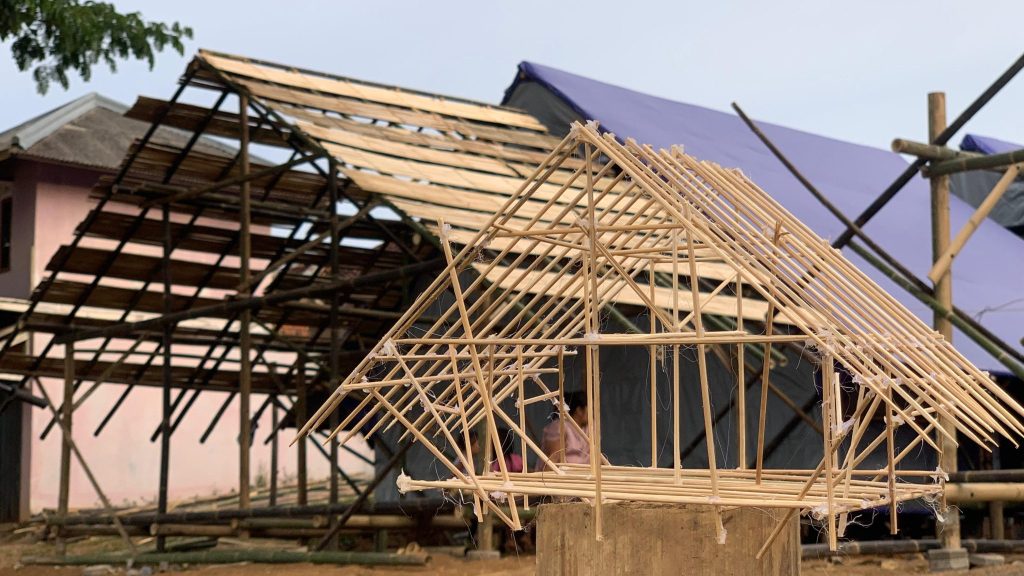
Sukabumi Regency is facing a major challenge due to landslides that have hit several sub-districts in the past few weeks. This phenomenon, triggered by high rainfall, has triggered landslides and flash floods that have not only destroyed residents’ homes, but also damaged infrastructure in various areas. Hundreds of residents have been forced to evacuate to safer locations, leaving their homes that are no longer habitable. Although assistance to provide temporary housing has begun to arrive, many evacuees complain about the lack of comfort, especially when facing the scorching sun and heavy rain.
Through the KATGAMA Peduli program, the Universitas Gadjah Mada Engineering Alumni Family (KATGAMA) has taken real steps to help evacuees by building temporary housing (huntara) that is specifically designed to meet their needs. This innovative design is the work of Prof. Eugenius Pradipto, a Professor of the Department of Architecture and Planning UGM. KATGAMA Bamboo Huntara is designed not only as a place of shelter, but also to provide a sense of comfort in difficult conditions.
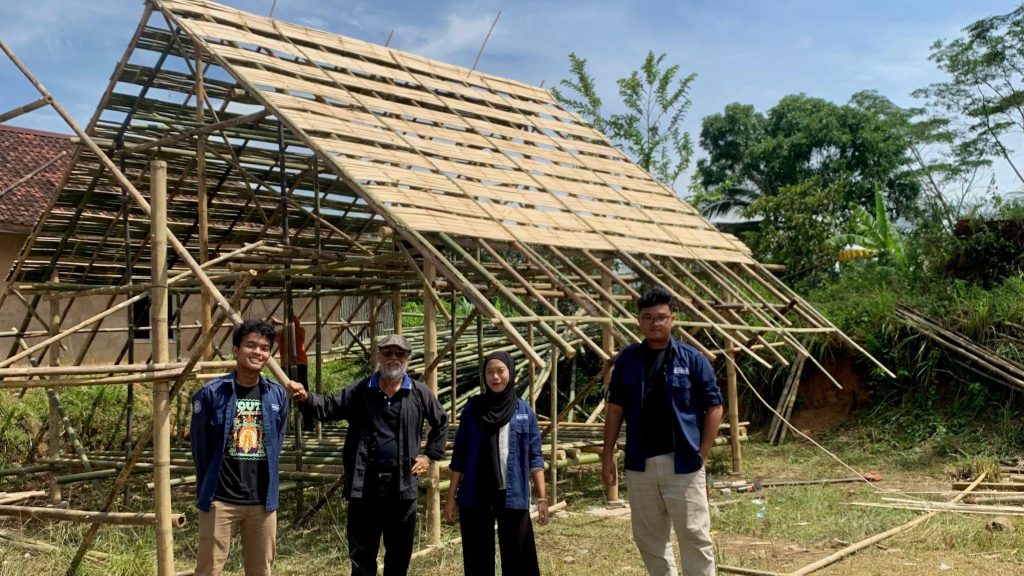
Measuring 6 x 6 meters, this temporary shelter adopts the concept of a stilt house with a bamboo roof designed to deal with hot weather and high rainfall. This structure has optimal ventilation to ensure good air circulation, and is equipped with storage space on the top and shelves on the walls to maximize function. This temporary shelter is designed to be used for up to one year, providing a decent and humane temporary solution for refugees.
A total of 10 temporary shelter units are planned to be built in Lembur Sawah Village, Pabuaran District, Sukabumi Regency. With a capacity to accommodate up to 40 families, this project prioritizes the use of local materials to support sustainability while empowering local residents in the construction process. Construction of the temporary shelter began on December 23, 2024 and is targeted to be completed within two months.
The KATGAMA Bamboo Temporary Housing is not only a temporary solution for refugees to survive in the midst of an emergency situation, but also a symbol of care and hope. With comfort as a priority, it is hoped that this housing will be able to provide a sense of security and comfort for affected residents while waiting for the relocation process to permanent housing. This temporary shelter is in line with the principles of the Sustainable Development Goals (SDGs), specifically SDG 11: Sustainable Cities and Human Settlements. By utilizing local materials, encouraging community engagement, and providing safe and decent temporary shelter, this initiative supports efforts to build resilient communities and ensure sustainable living conditions for those affected by disasters.
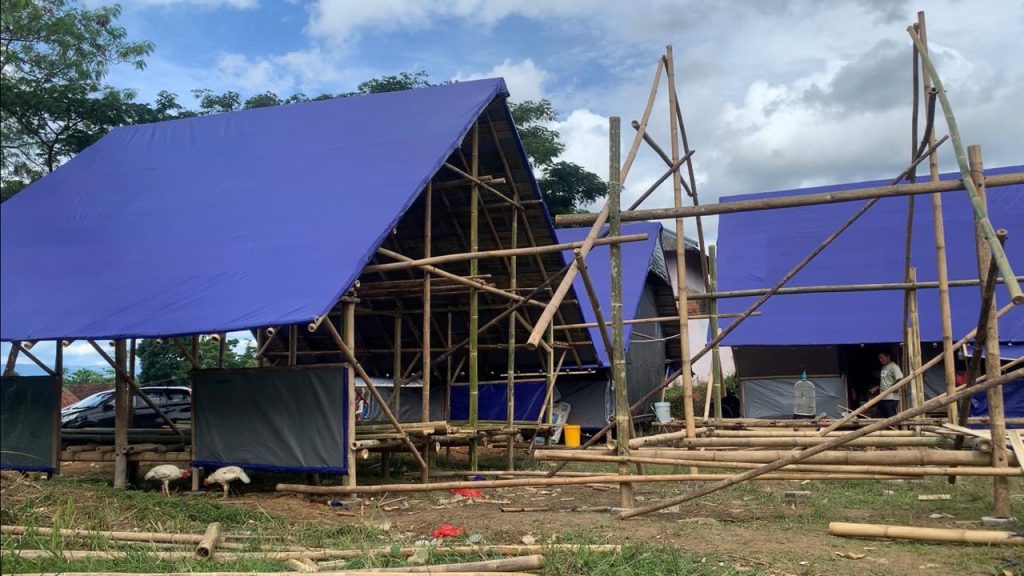
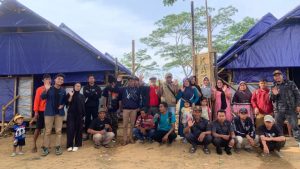
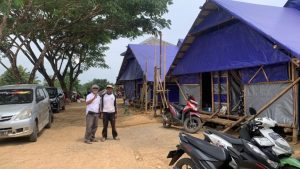
Source: https://architecture.archiplan.ugm.ac.id/bamboo-shelters-humanitarian-aid-for-sukabumi-2/
